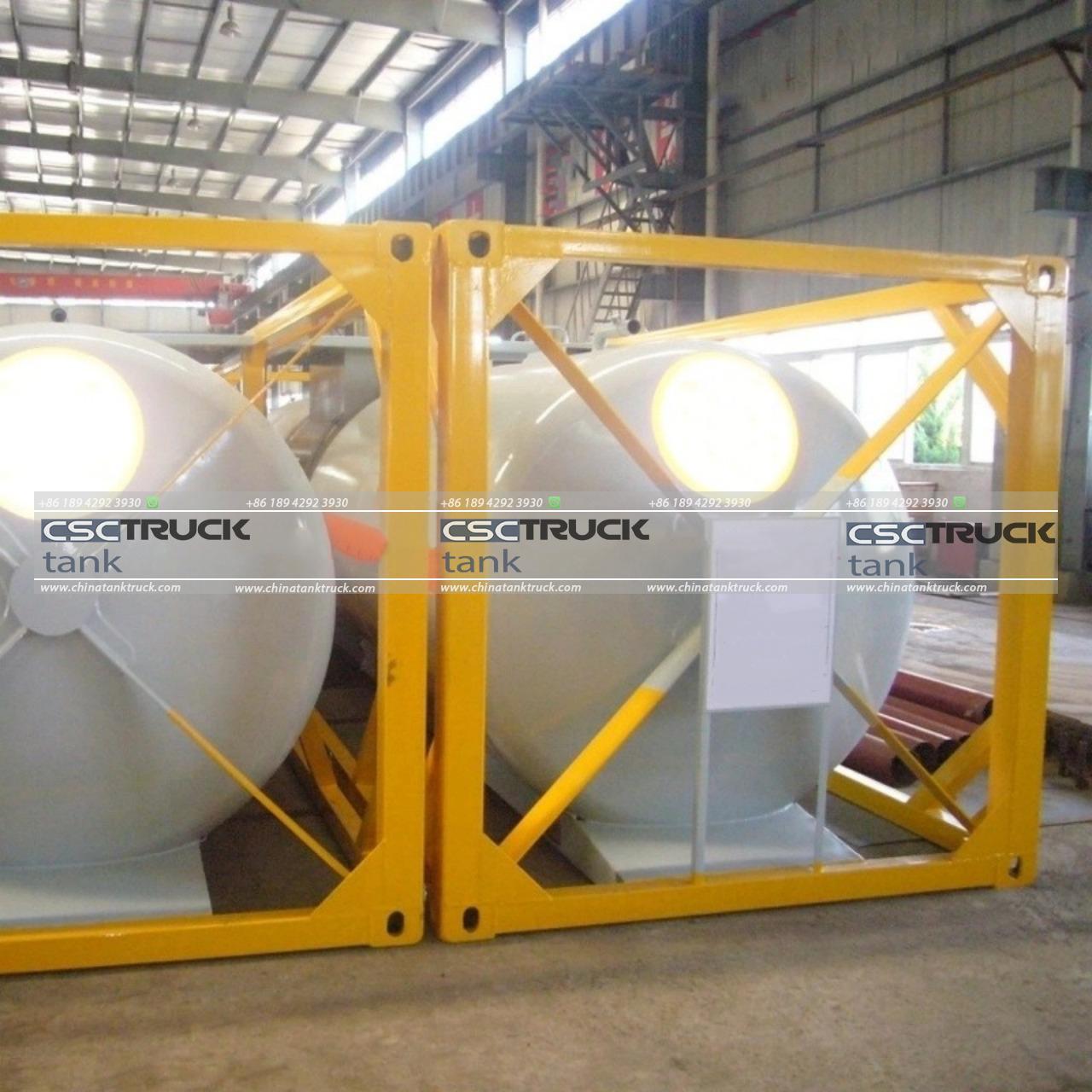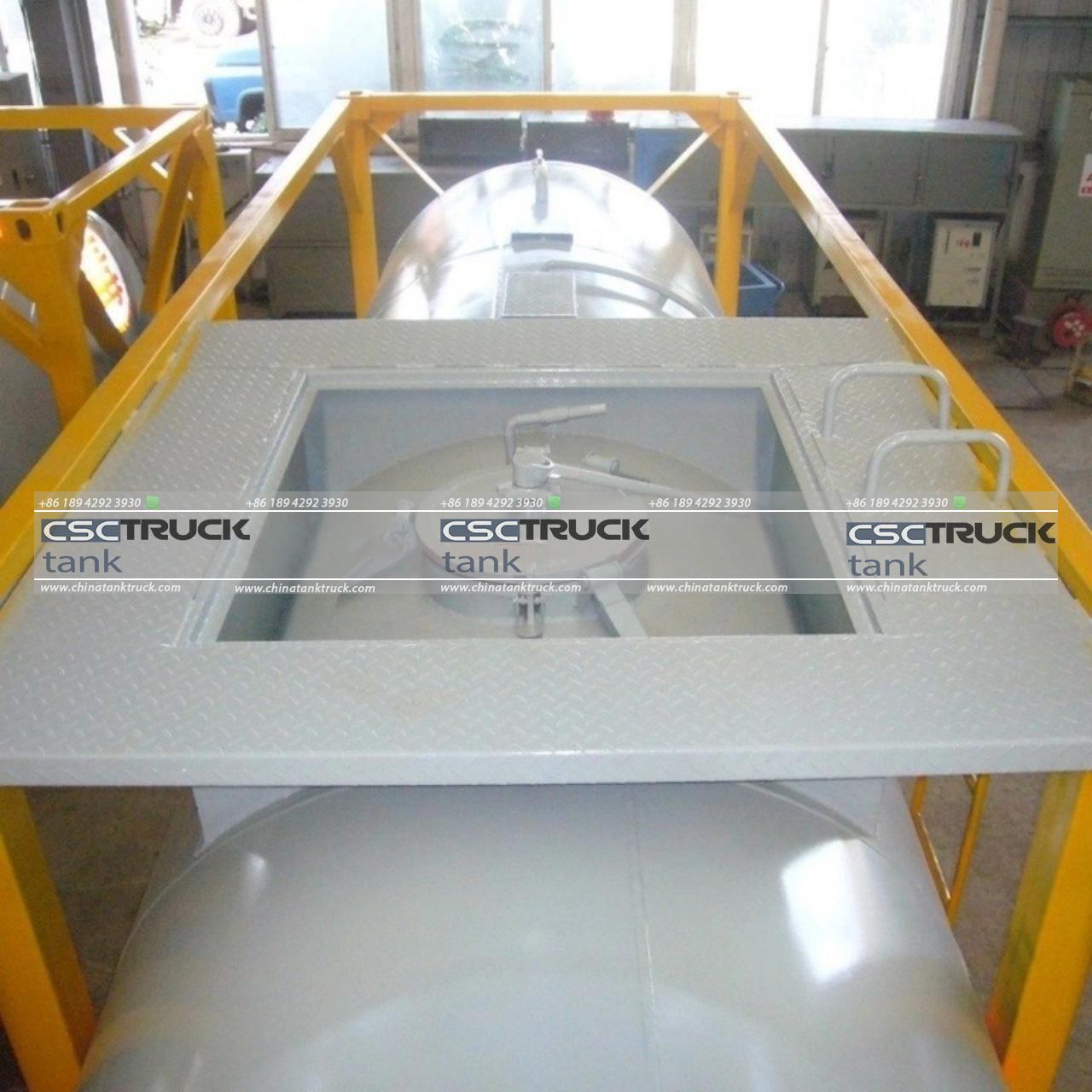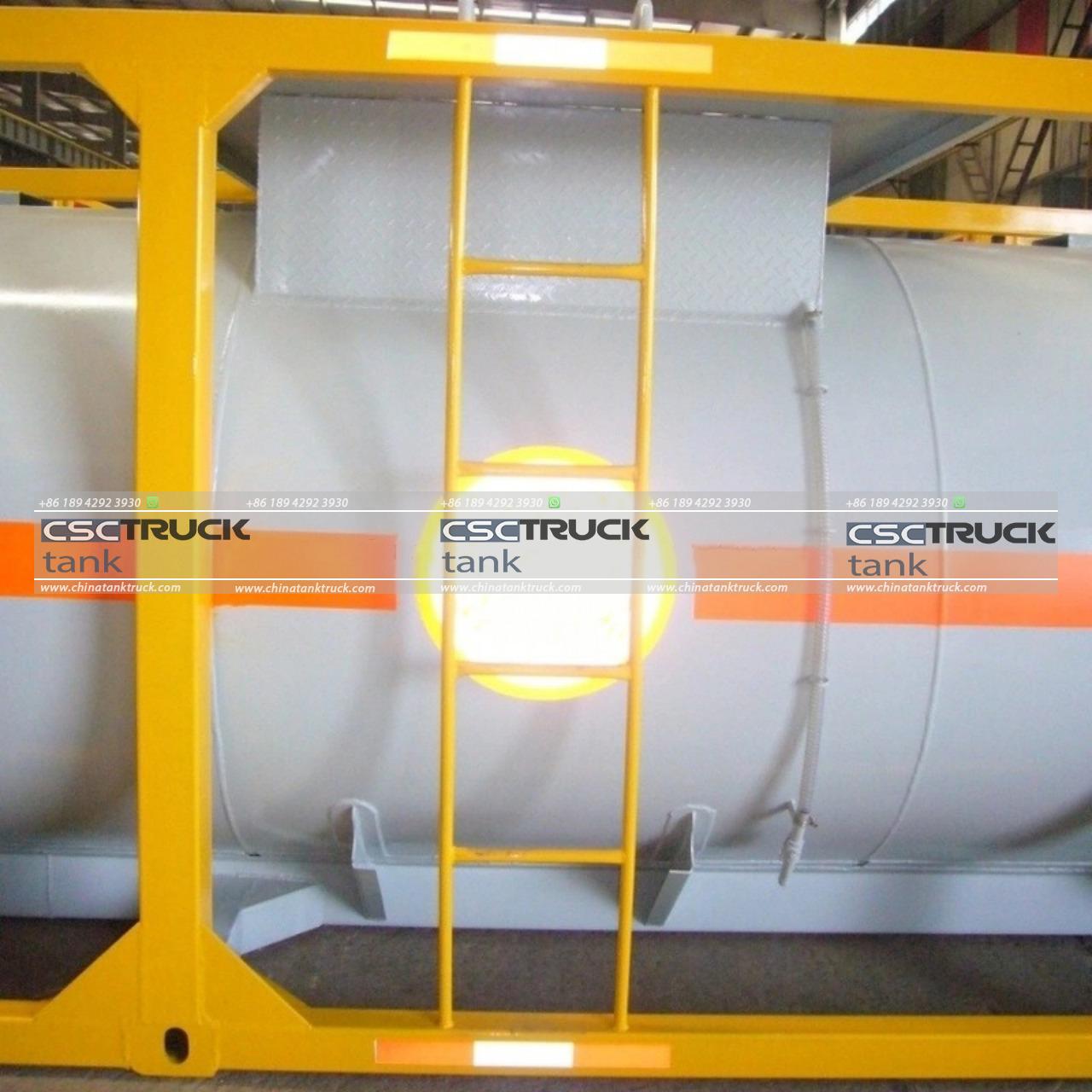How Many Liters are in an ISO Tank?
In the world of logistics and transportation, ISO tanks play a crucial role in moving liquid goods across the globe. These standardized containers are designed to facilitate the safe and efficient transport of liquids, ranging from chemicals to food products. One common question that arises is: “How many liters are in an ISO tank?” To answer this, we need to delve into the specifics of ISO tanks, their capacities, and how these capacities are measured.
Understanding ISO Tanks
ISO tanks, or ISO tank containers, are specialized containers built to international standards (ISO standards) to transport liquids. They are designed to be robust, with a focus on safety and versatility. An ISO tank container typically consists of a stainless steel tank mounted within a framework of steel supports. This framework is designed to meet the standard dimensions that allow the tank to be transported using various modes of transportation, including ships, trucks, and trains.
The design of ISO tanks adheres to a set of international standards, primarily the ISO 668 and ISO 1496 standards. These standards specify the dimensions and structural requirements of the tank, ensuring compatibility and safety across different transport methods.

ISO Tank Capacity
ISO tanks come in various sizes, but the most common capacities are 20 feet in length and are designed to hold around 21,000 liters (approximately 5,500 gallons) of liquid. The standard capacity can vary slightly based on the tank’s design and the type of liquid being transported. For instance, some ISO tanks may have capacities ranging from 14,000 liters to 25,000 liters.
Common Capacities
1. 20-Foot ISO Tank: The standard 20-foot ISO tank has a capacity of approximately 21,000 liters. This is the most commonly used size for transporting liquids. Its dimensions are standardized to fit international shipping regulations, making it suitable for global transport.
2. 40-Foot ISO Tank: While less common than the 20-foot tank, 40-foot ISO tanks are also used, particularly for larger volumes of liquid. These tanks typically hold around 25,000 liters, though this can vary.
3. Specialty Tanks: In addition to the standard sizes, there are specialty ISO tanks designed for specific types of liquids or operational requirements. These can include tanks for hazardous materials, food-grade liquids, or other specialized needs. The capacity of these tanks can vary widely based on their design and intended use.

Measuring Capacity
The capacity of an ISO tank is measured in liters, and this measurement is derived from the tank’s internal volume. To accurately determine the volume, one must consider the tank’s dimensions and the space available for liquid. The volume measurement is essential for understanding how much liquid the tank can safely transport and for calculating logistics and costs.
Internal Volume Calculation
The internal volume of an ISO tank is calculated based on the tank’s dimensions, including its length, diameter, and height. For example, a standard 20-foot ISO tank has a diameter of approximately 2.4 meters and a length of about 6 meters. The volume is calculated using the formula for the volume of a cylinder:
\[ V = \pi \times r^2 \times h \]
Where:
– \( V \) is the volume
– \( r \) is the radius of the tank
– \( h \) is the height (or length) of the tank
By substituting the dimensions of the tank into this formula, you can calculate the approximate volume in cubic meters, which can then be converted to liters (1 cubic meter equals 1,000 liters).

Practical Considerations
When dealing with ISO tanks, it’s essential to consider several practical factors:
1. Safety: ISO tanks are designed to meet rigorous safety standards. This includes pressure ratings, material strength, and safety features to handle various types of liquids, including hazardous substances.
2. Loading and Unloading: The design of ISO tanks facilitates efficient loading and unloading. Most tanks are equipped with standard fittings and valves, allowing for quick and safe transfer of liquids.
3. Temperature Control: Some liquids require temperature control during transportation. ISO tanks can be equipped with heating or cooling systems to maintain the required temperature, ensuring the integrity of the liquid being transported.
4. Regulations: Different regions and countries have specific regulations regarding the transport of liquids, particularly hazardous or specialized liquids. Compliance with these regulations is crucial for safe and legal transportation.
Conclusion
In summary, the capacity of an ISO tank is a critical factor in logistics and transportation, influencing everything from shipping costs to safety measures. While the standard 20-foot ISO tank typically holds around 21,000 liters, capacities can vary based on the tank’s design and intended use. Understanding these capacities and the factors that influence them is essential for efficient and safe liquid transport.
Whether you’re involved in shipping chemicals, food products, or other liquid goods, knowing the capacity of your ISO tank helps ensure that you make informed decisions about logistics and operations. With their standardized dimensions and robust design, ISO tanks continue to play a vital role in the global movement of liquids, making them an indispensable part of the modern supply chain.

